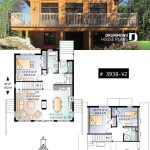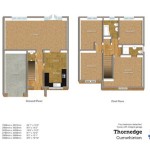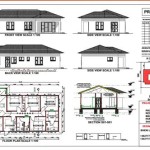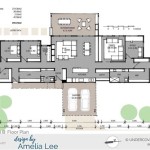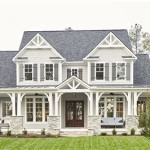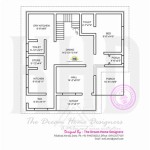Essential Aspects of House Plan Simple
A house plan is a blueprint that guides the design and construction of a home. Choosing the right plan is crucial as it will lay the foundation for your dream home and determine its functionality, aesthetics, and overall value.
1. Planning and Design
The first step is to establish your needs and preferences. Consider the number of bedrooms and bathrooms, the size and layout of the living spaces, and any special features you desire. Determine your budget and the size and shape of the building site. Work closely with an architect or house plan designer to translate your vision into a workable plan.
2. Layout and Flow
The layout of a house plan should ensure efficient movement and maximize natural light. Common areas, such as the living room and kitchen, should be easily accessible and connect to other rooms seamlessly. Bedrooms and bathrooms should be placed in private areas, away from noise and traffic. Windows should be strategically positioned to provide ample natural light and cross-ventilation.
3. Structural Integrity
The structural integrity of a house plan is paramount. The design should adhere to local building codes and incorporate materials that meet durability and safety standards. Consider the foundation type, framing materials, and roof design. Proper structural planning ensures that your home can withstand earthquakes, storms, and other potential hazards.
4. Energy Efficiency
In today's environmentally conscious world, energy efficiency is crucial. Look for a house plan that incorporates energy-saving features, such as proper insulation, high-efficiency windows and appliances, and solar panels. This can not only reduce utility costs but also contribute to a sustainable lifestyle.
5. Aesthetics and Curb Appeal
While functionality is important, the aesthetics of your house plan should not be overlooked. Choose a design that complements your personal style and enhances the curb appeal of your home. Consider the exterior materials, roofline, and architectural details. Remember that a well-designed house plan can increase the value of your property.
6. Flexibility and Expansion
Life circumstances can change over time, so it's wise to consider the flexibility of your house plan. Look for designs that allow for future expansion or modifications, such as adding a room or converting a space into a multi-purpose area. This ensures that your home can adapt to your changing needs.
7. Professional Expertise
Choosing a house plan is a significant decision that may require professional guidance. Consult with an architect or house plan designer who can provide personalized advice based on your specific requirements. They can help you navigate the design process, ensure compliance with building codes, and create a plan that meets your aspirations.

5 Small And Simple 2 Bedroom House Designs With Floor Plans Design Es Two

Simple 3 Room House Plan Pictures 4 Nethouseplans Building Plans Designs With Small Modern

Simple House Plans Blog Homeplans Com

Simple House Plan Design With Garage

Small House Plan Ideas For Diffe Area To See More Read It Floor Plans Kitchen

10 More Small Simple And House Plans Blog Eplans Com

Simple House Plans Blog Homeplans Com

Stylish And Simple Inexpensive House Plans To Build Houseplans Blog Com

Est House Plans To Build Simple With Style Blog Eplans Com

Simple House Plans Blog Homeplans Com

